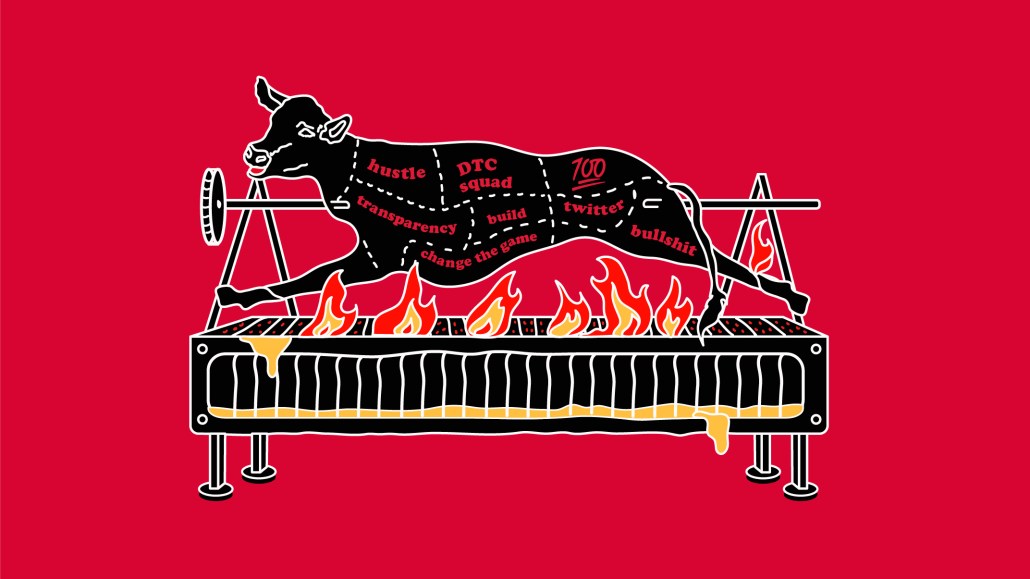Save 50% on a 3-month Digiday+ membership. Ends Dec 5.
How and why DTC advertising hasn’t cooled off as much as once thought

Apple’s move last year to institute limits on tracking with its App Tracking Transparency tool quickly inhibited a portion of online advertising — including what was then a red-hot direct-to-consumer (DTC) category.
More than a year later, it seems, DTC has gone through a few periods of contraction due to seasonality, but more importantly it’s also expanding again, with TikTok the primary beneficiary of growth.
Rob Figueroa, vp of sales at AudienceX, an agency that serves mid-market advertisers largely in CTV and streaming video, said just in the last few months he’s seen an increase in larger brands from sneakers to retailers (he declined to identify any by name) choosing to explore the DTC route, as a means of getting a bit more bottom-of-the-funnel action. “We’re getting access to some brands that we normally wouldn’t, because of that direct-to-consumer conversation that’s starting to burgeon right now,” said Figueroa.
“There’s a lot of growth, where we were seeing 10, 20, 30% of our revenue from e-commerce or direct-to-consumer stuff, that could probably be at a healthy 50% if we do that right and focus on a little bit more,” he added, without providing exact figures.
So which platforms are benefiting from this surge in spend?
Facebook has the highest monthly median spend in July 2022 at $19,022 ($2,000 less than a year prior), according to Varos, a research company that tracks e-commerce spend for about 1,800 companies. Google’s median spend inched up from $8,101 to $8,209 over the same period; TikTok’s grew from $4,095 to $5,981.
Total spend of companies that are advertising on all three platforms, according to Varos data supplied to Digiday, saw similar shifts, with Facebook’s dropping from 74% of all spend in July 2021 to 60%, while Google’s grew from 20% to 25% and TikTok doubled from 7% to 14%.
With Apple’s ATT move, “what we’ve seen is some [DTC companies] haven’t survived, while some have basically diversified into a lot of marketing channels,” said Yarden Shaked, co-founder and CEO of Varos, who noted the primary beneficiary of that diversification has been TikTok while the primary loser of business has been Facebook.
Due to increases in cost-per-acquisition, which Varos also tracks, Shaked said that DTC is focusing more heavily on customer repetition and retention. “When a customer gets really expensive to acquire, it basically means [DTC advertisers] need to make that value for that customer worth it,” he said. “So if it costs [them] $100 to get a customer and the product only costs $50, then it’s probably cheaper to convince that customer to buy again than to get a whole new customer.”
More in Marketing

Ulta, Best Buy and Adidas dominate AI holiday shopping mentions
The brands that are seeing the biggest boost from this shift in consumer behavior are some of the biggest retailers.

U.K. retailer Boots leads brand efforts to invest in ad creative’s data layer
For media dollars to make an impact, brands need ad creative that actually hits. More CMOs are investing in pre- and post-flight measurement.

‘AI is permeating everything we do’: How Guitar Center developed 2 AI tools this year
This summer, the company launched a chatbot called Rig Advisor to help customers find the right instruments and products.
Ad position: web_bfu




